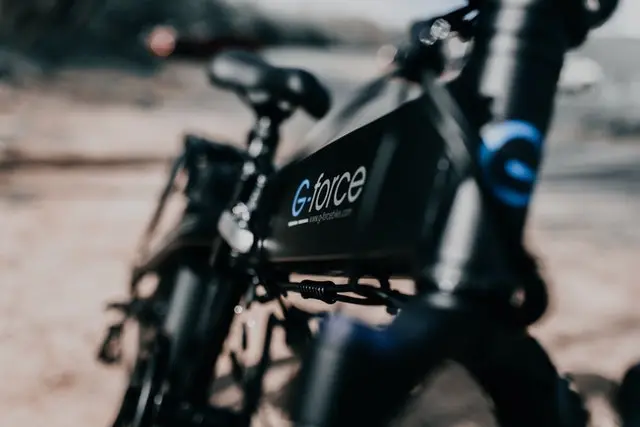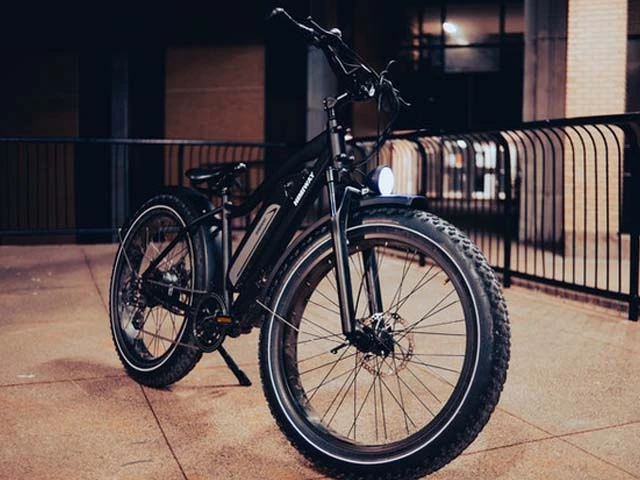Table of Contents
The battery is an integral part of the system on your electric mountain bike. It stores all the electricity in it which provides power to the motor. The battery life is measured by the charge cycle, and if you don’t know what a charge cycle is, it is the amount that you deplete from your battery and the amount that is going to be taken for it into a 100% charged status. From a full depleted to a fully charged battery accounts to be one cycle.
Now moving to the case when you are going to test your E-bike’s battery, it simply requires a multimeter, your e-bike battery’s manual, and a thorough reading of this article “How to test an e-bike battery?”
A Glimpse Inside an E-bike Battery; Considering Some of its Types:
Inside the tough coating, there is a series of cells that are all linked together. Moreover, there is a battery management system known as” BMS” which controls the electric flows within the battery. Furthermore, there is a connection socket that connects this battery to your e-bike. Moving forward, there are plenty of different options when your e-bike is to be powered. The cheapest one is the “Lead Acid Battery” which is usually found in cars and motorcycles; a heavy battery with limited charge cycles often around 200 to 300.
Then there comes nickel battery which is comparatively lightweight with increased charge cycles I-e about 500. Then there is the “Lithium-Ion Battery” which is found in the modern-day e-bike. This is similar to the type of battery found in an I-phone or a laptop. This battery can handle about a thousand cycles. These are very lightweight and compact. Additionally, Watt Hour is the unit that categorizes these batteries. (This information is important for a reader while testing an e-bike battery)
Point to Be Kept in Mind While Charging an E-Bike Battery:
To avoid over-charging of your e-bike battery, use an “electric plug-in timer” that is going to turn off the power of the battery after the time limit you have set.
Understanding the Self-Discharge:
You may find your battery losing some voltage even when it is not connected to your e-bike. This is known as self-discharge. It is a chemical reaction, and this reaction is highly dependable on the storage condition and temperature. The high temperature will enlarge the self-discharge, so keep your e-bike battery in a cool place and avoid high temperature or direct sunlight. (The given scenario may also affect your e-bike battery and its testing)

Multimeter; Making E-Bike Battery’s Testing Easier:
A device that measures voltage, current, and resistance, is known as a multimeter. Interestingly, these three are the components that are to be measured when you are testing your e-bike battery which will be discussed afterward. In order to experience better results, a digital multimeter should be used instead of an analog one.
Using a Multimeter to Test an E-Bike Battery:
A brief procedure to test an e-bike battery is mentioned below:
- Firstly, you have to connect the multimeter with the e-bike battery after fully charging the battery for almost 6 to 8 hours. Make sure that you don’t exert much pressure while connecting the multimeter to the adapter or port.
- Secondly, turn your multimeter on the DC settings instead of the AC, as the latter can overload the e-bike battery and can be harmful to both the battery and the multimeter.
- Thirdly, after consulting the manual guide of your battery, switch the multimeter to the volts setting of your battery in order to match both. If the volts on your e-bike battery are low than those given on the manual, then you have to tend to the bike monitoring system.
- Fourthly, the current -which is the energy stored and discharged by your e-bike’s battery- would be tested using the same multimeter. After comparing the reading on the multimeter with that given in the manual, if you come to know that the current is diminishing too quickly on each ride, this represents excess discharge from the battery which is not a good sign for a healthy battery.
- Finally, you have to check the amount of resistance on your meter because this is the reason why an e-bike battery is over-heated which is again inappropriate.
A Universal Rule While Testing an E-Bike Battery; Concluding Note:
For a 36V battery, the meter should ideally show a reading between 28V and 36V. A fixed rule to test an e-bike battery is that if the reading on the multimeter is 10V below that stated on the battery’s manual, then it is very low, and the battery needs attention.



